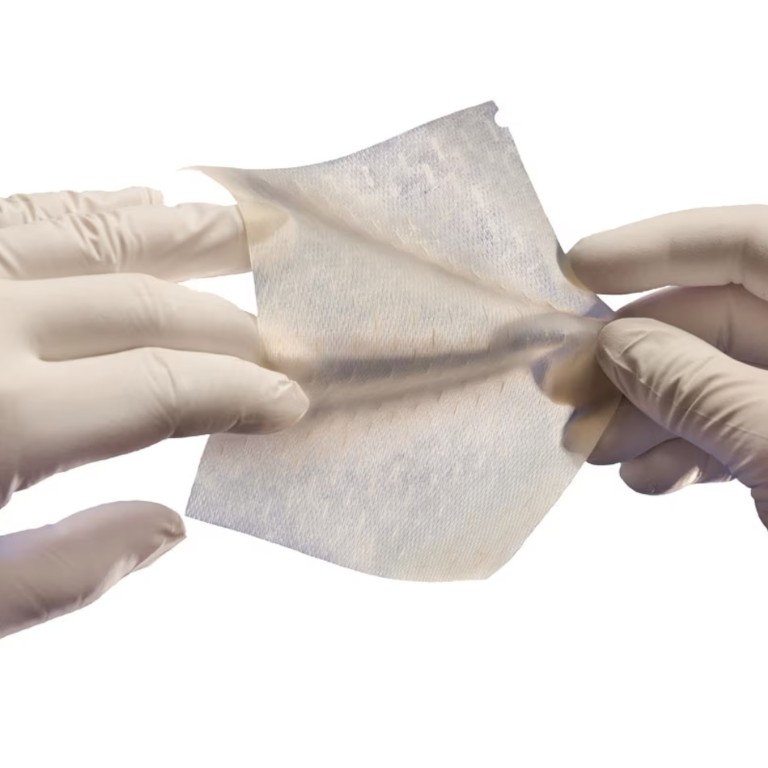
Explainer | What is artificial skin? How it’s grown and how it could help skin cancer sufferers, having been developed to treat burn victims
- A dressing developed decades ago prompts the growth of tissue ‘like skin’, rather than scar tissue, in patients. It has since been used to treat burn victims
- Today, artificial skin is used to test drugs and cosmetics, and a recent study found it helps block the invasive growth of skin cancer cells
In 1969 Ioannis Yannas, then a young scientist at Massachusetts Institute of Technology (MIT) in the United States, toured the paediatric ward at Shriners Burn Institute in Boston, Massachusetts, with Dr John Burke.
He was “shocked beyond belief” at the appalling injuries the young patients had sustained. The children were heavily bandaged and they looked so bad it was like a “prelude to death”.
On that day, Yannas felt an instant connection with Burke and knew he had to try to help the children.
Burke had already made huge advances in burns treatment. But patients were still at risk of dying from dehydration and infection if they had full-thickness burns – down to the dermis, the thick layer of tissue below the epidermis, containing blood capillaries, nerve endings, sweat glands, hair follicles and other structures.
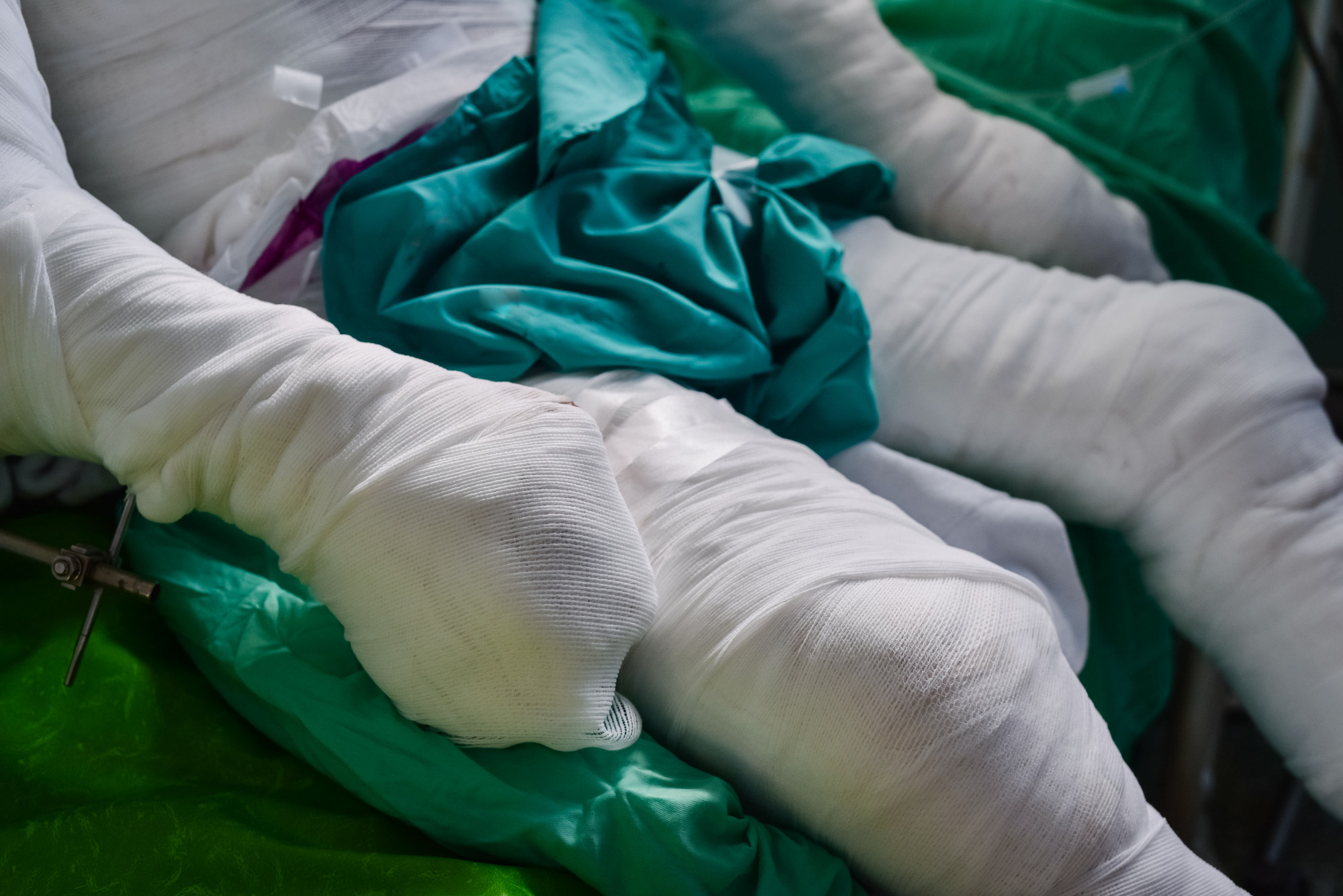
Burke wanted to develop a special sort of dressing, a kind of bandage for burns that would keep moisture in, bacteria out and help speed up the rate of wound closure.
Yannas, who was researching collagen and polymers, thought he could help. But a dressing he developed and tested on animals didn’t just fail to speed up the healing of wounds, it appeared to slow it down. It seemed his attempt had failed.
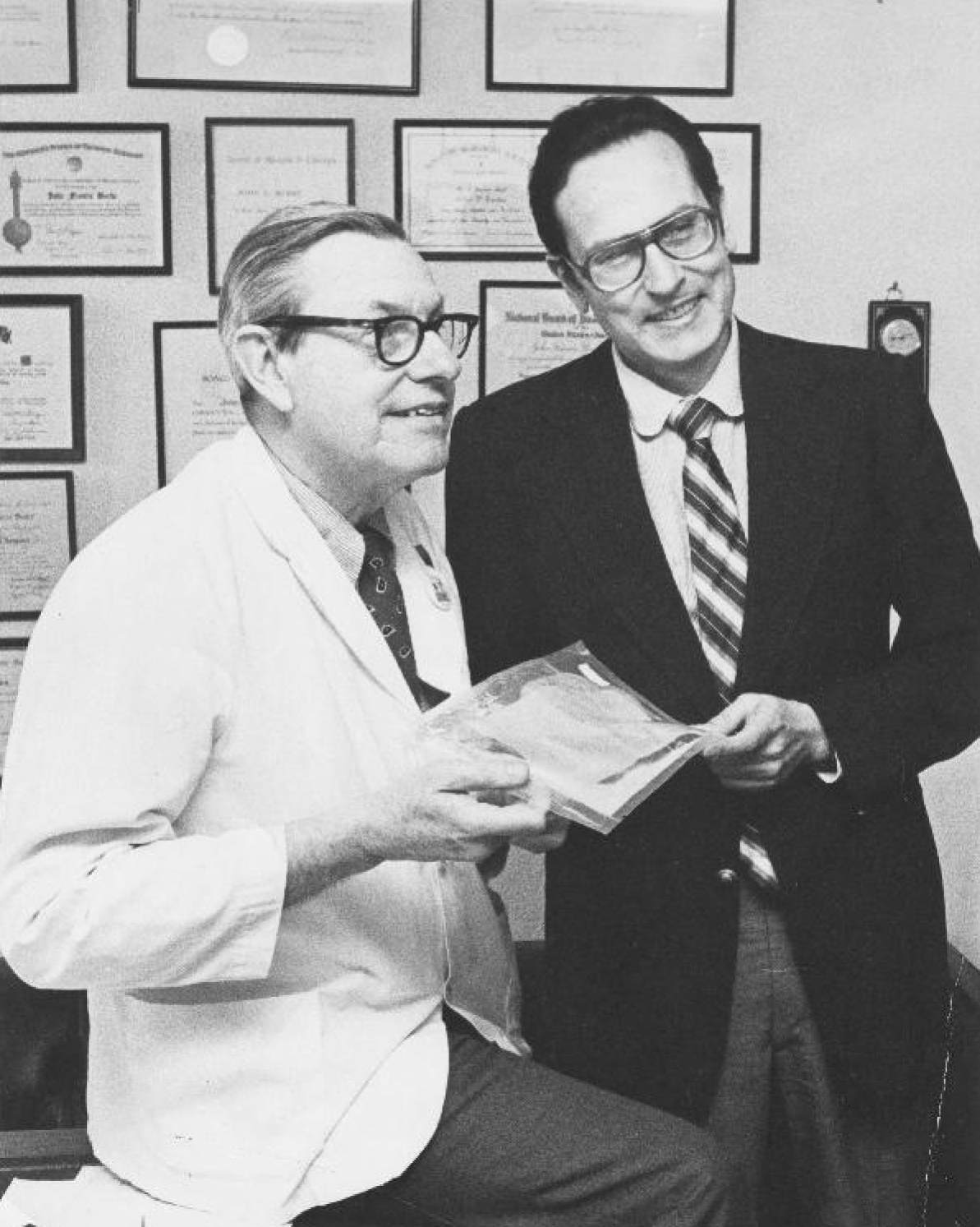
“The dressing was causing new skin to be formed instead of scar [tissue], skin which functioned like skin as opposed to [a] scar that does not,” says Yannas, now a professor of polymer science and engineering in MIT’s Department of Mechanical Engineering.
It was the start of a revolution in the treatment of burn victims.
On April 24, 1981, The New York Times ran a front-page story on their success. The product they developed was a combination of silicon, cow tendon and shark cartilage.
By then it had been used on 19 severely burned patients, including one with burns over more than half of her body.
Yannas and Burke’s invention was not the first attempt at replacing skin, or creating artificial skin to permanently or temporarily mimic layers of the skin.
As far back as 3000 BC, Hindus reportedly transplanted skin from one part of the body, usually the buttocks, to repair mutilated ears and noses, which had often been sliced off as a punishment.
In 15th-century Italy, Gustavo de Branca used the skin from another man’s arm to transplant the nose of the man’s slave onto himself. Branca’s efforts weren’t published until 150 years later; the family guarded the secret of the surgery closely.
Then, 200 years after that, successful grafts were performed on sheep.
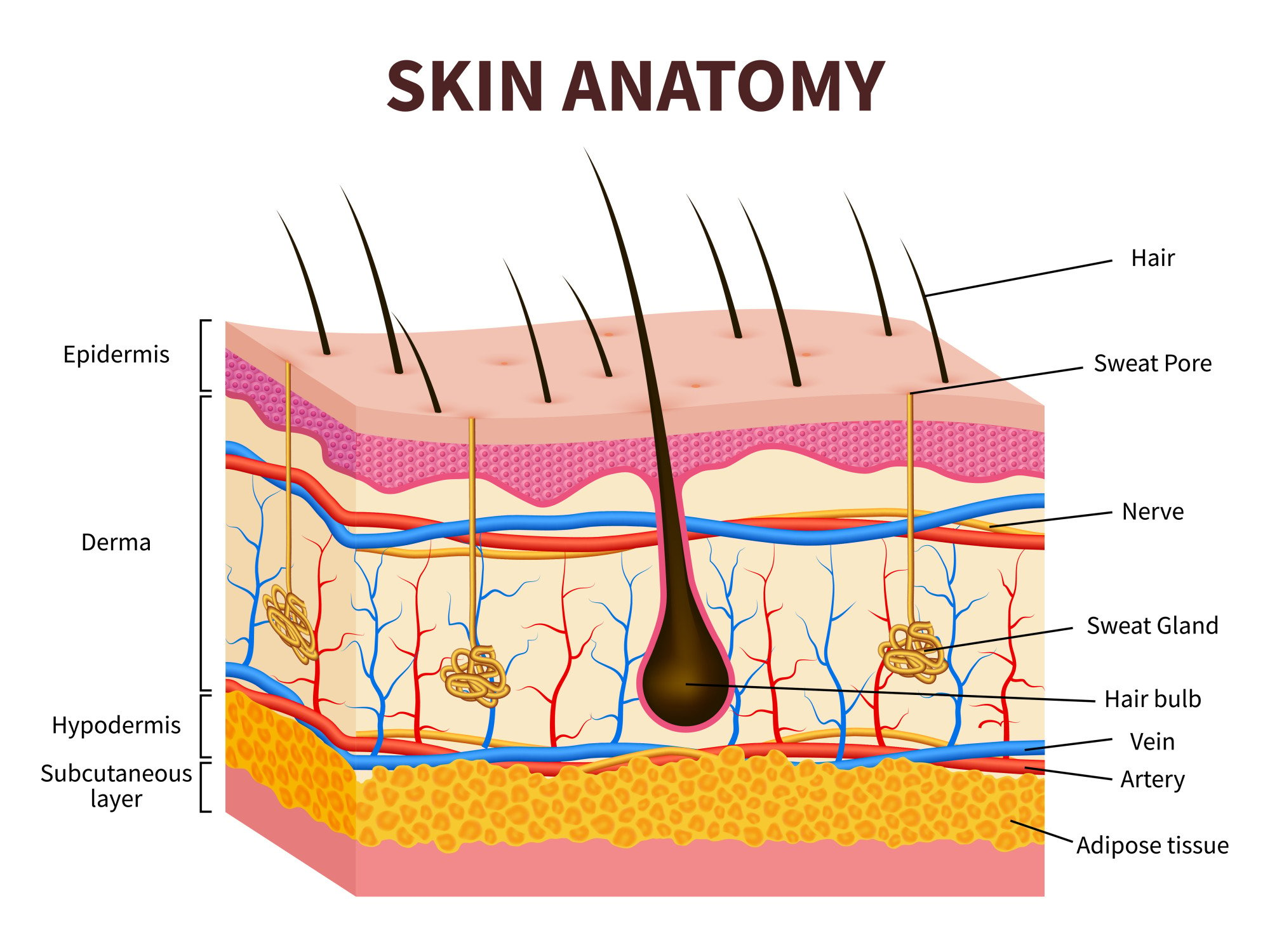
In Germany during the 19th century, the first full-thickness skin grafts were achieved using skin from a patient’s thigh grafted to their nose, in a procedure inspired by those first Indian records.
Forty years later, English doctor George David Pollock convinced the world of the efficacy of skin grafting for burn victims.
Today, the primary use of artificial skin remains to replace or repair damaged skin in burn victims, for whom it negates the need for a donor site and results in less scarring than a graft with real skin.
However, 50 years after Burke and Yannas’ invention, artificial skin is now also being used in the treatment of other disorders.
Skin 101: ageing, acne, sweating, cancer – and best ways to protect it
Study leader Professor Hans Wandall explains that today, artificial skin consists of a collagen gel that incorporates human fibroblasts, the cell type that contributes to the formation of the connective tissue that maintains the form of the body and its organs and provides internal support.
Human keratinocytes, the cells found on the surface of the skin, are then grown on top of this layer to make a well-defined, multilayered covering that resembles normal human skin when viewed under a microscope.

Burke and Yannas’ invention was the founding product of Integra – a company that makes products to help regrow skin – and was the first promoted as regenerating skin tissue to be approved by the US Food and Drug Administration (FDA).
Today, other versions of artificial skin, including Episkin and Genoskin, are available both for research purposes and the treatment of burn victims, Wandall says.
These products are used in laboratories worldwide for research, drug testing, and cosmetics testing by companies such as L’Oreal.
Healthy skin sheds and produces new cells and layers as necessary. But cancer cells disrupt this healthy turnover; cells no longer adhere to boundaries between different skin layers and start to run amok and invade each other. This is called invasive growth.
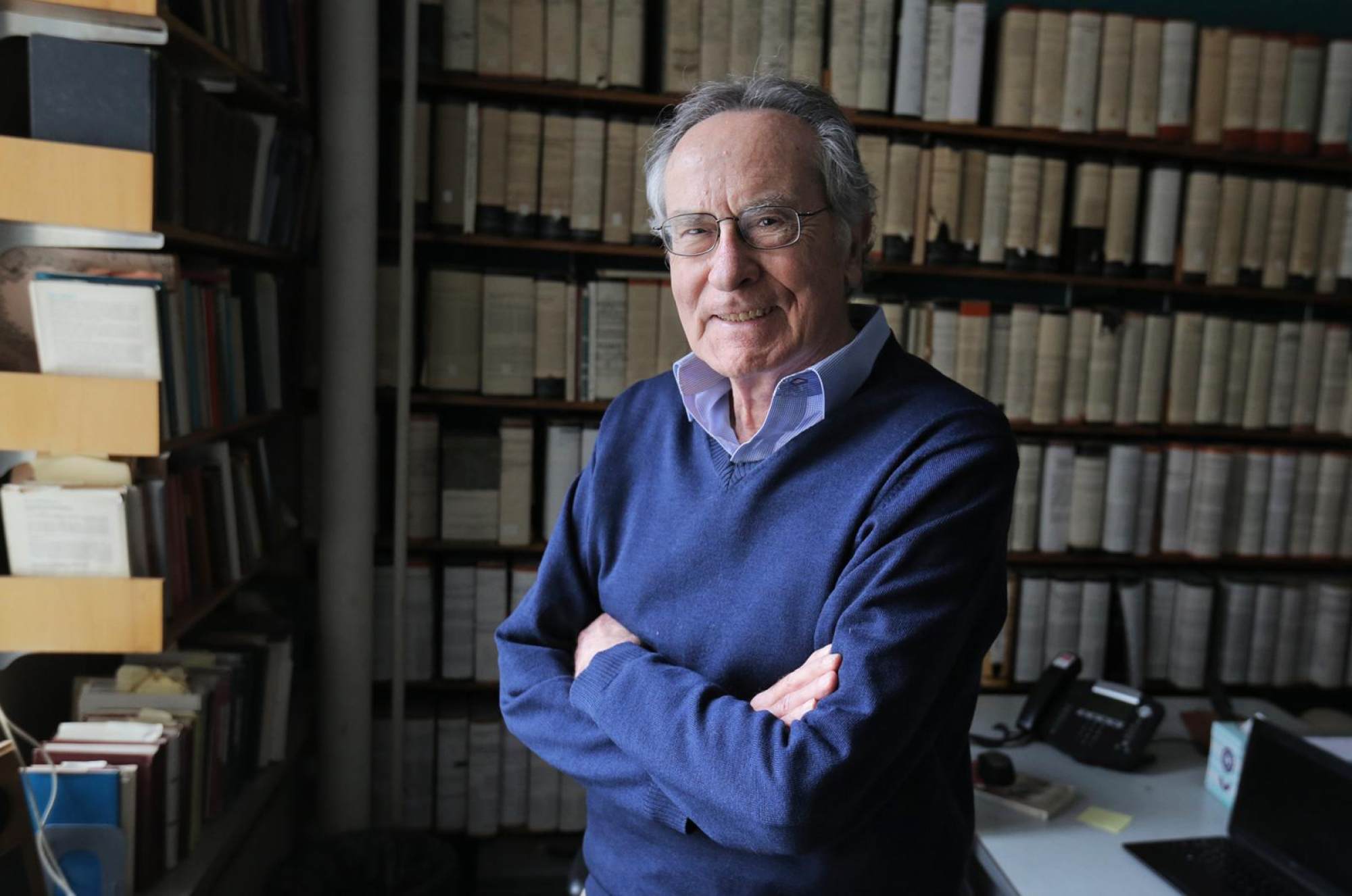
Tumours form when cells ignore the normal signals that tell them it’s time to stop growing, or to die.
The study that Wandall led used a 3D skin model and genetic engineering to alter specific genes in human skin cells to simulate the behaviour of cancer cells. These genes were crucial to the investigation of signalling – the process that instructs cells to grow.
This magnetic skin allows you to open doors with blink of the eye
“By using artificial human skin we are past the potentially problematic obstacle of whether results from tests on mice models can be transferred to human tissue; artificial skin means that we are closer to human reality.”
This work could help develop treatment for other skin conditions, he says.
“The use of human skin models provides the possibility to test drugs on a relevant human tissue; in this case, the skin. With precise genetic engineering, it is possible to create suitable disease models that hopefully will accelerate drug testing for multiple diseases.”

